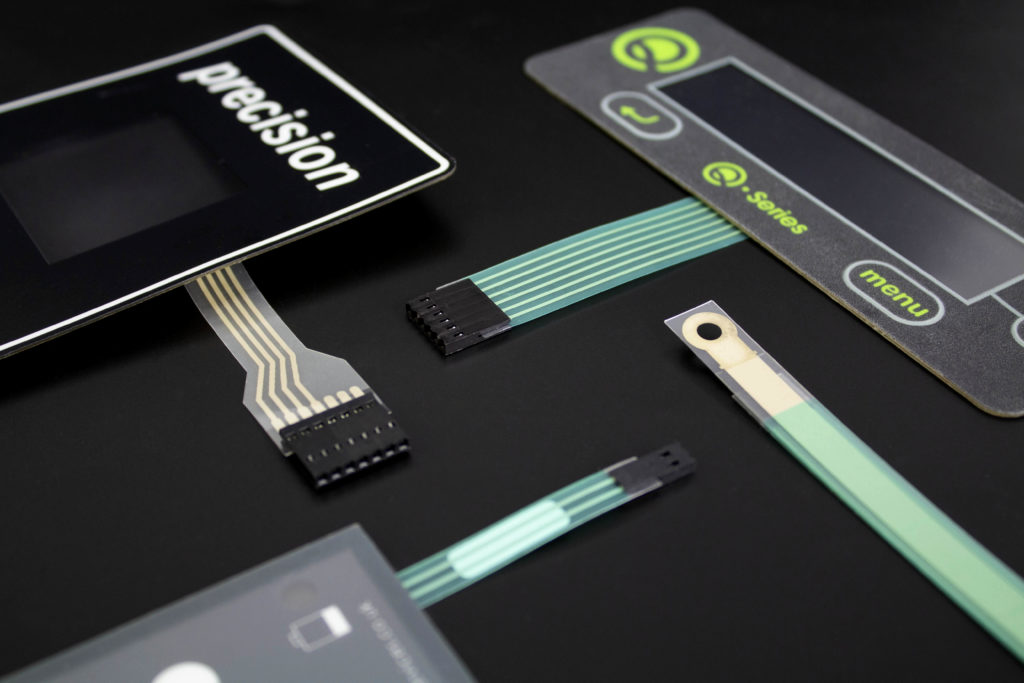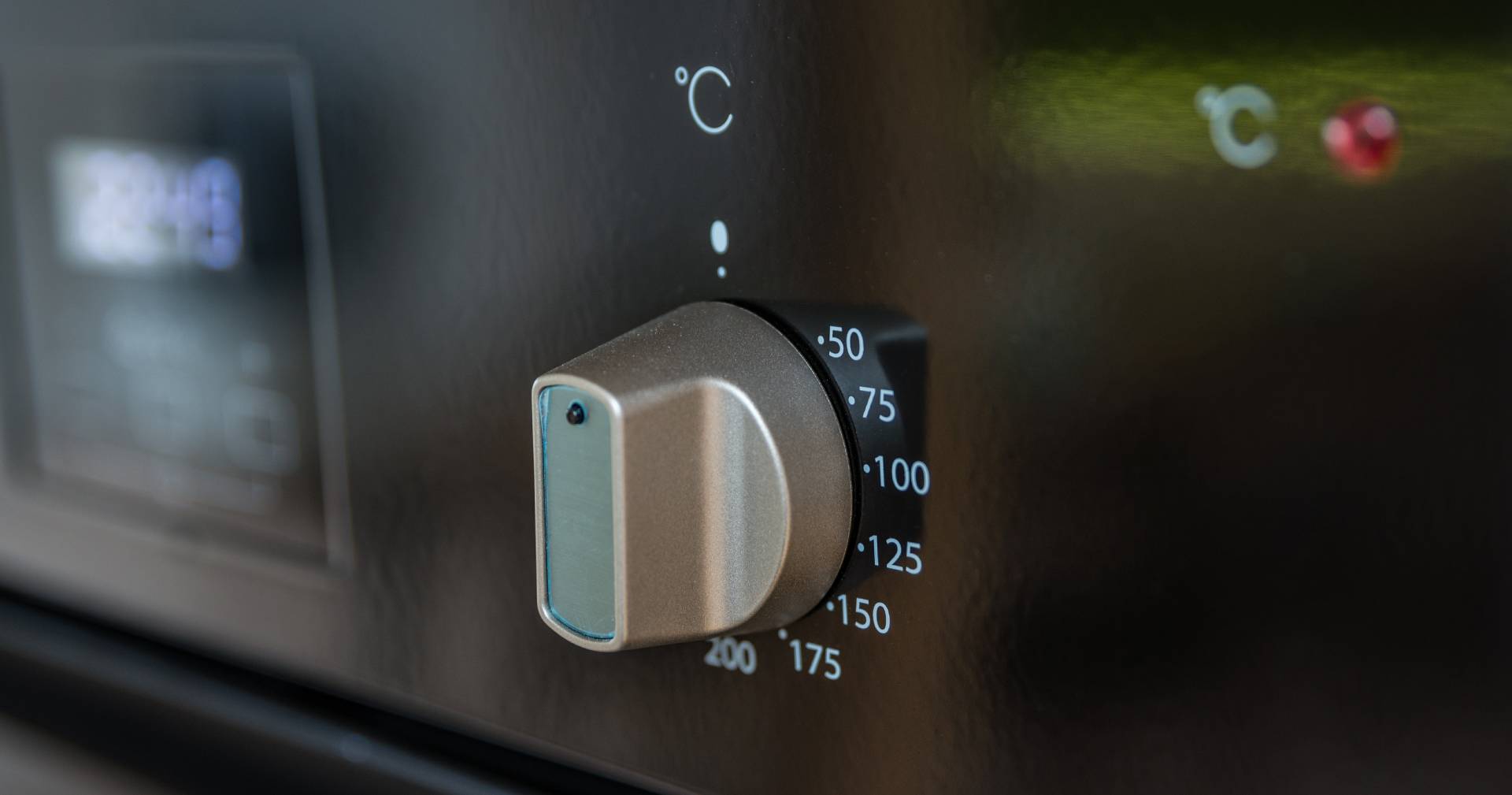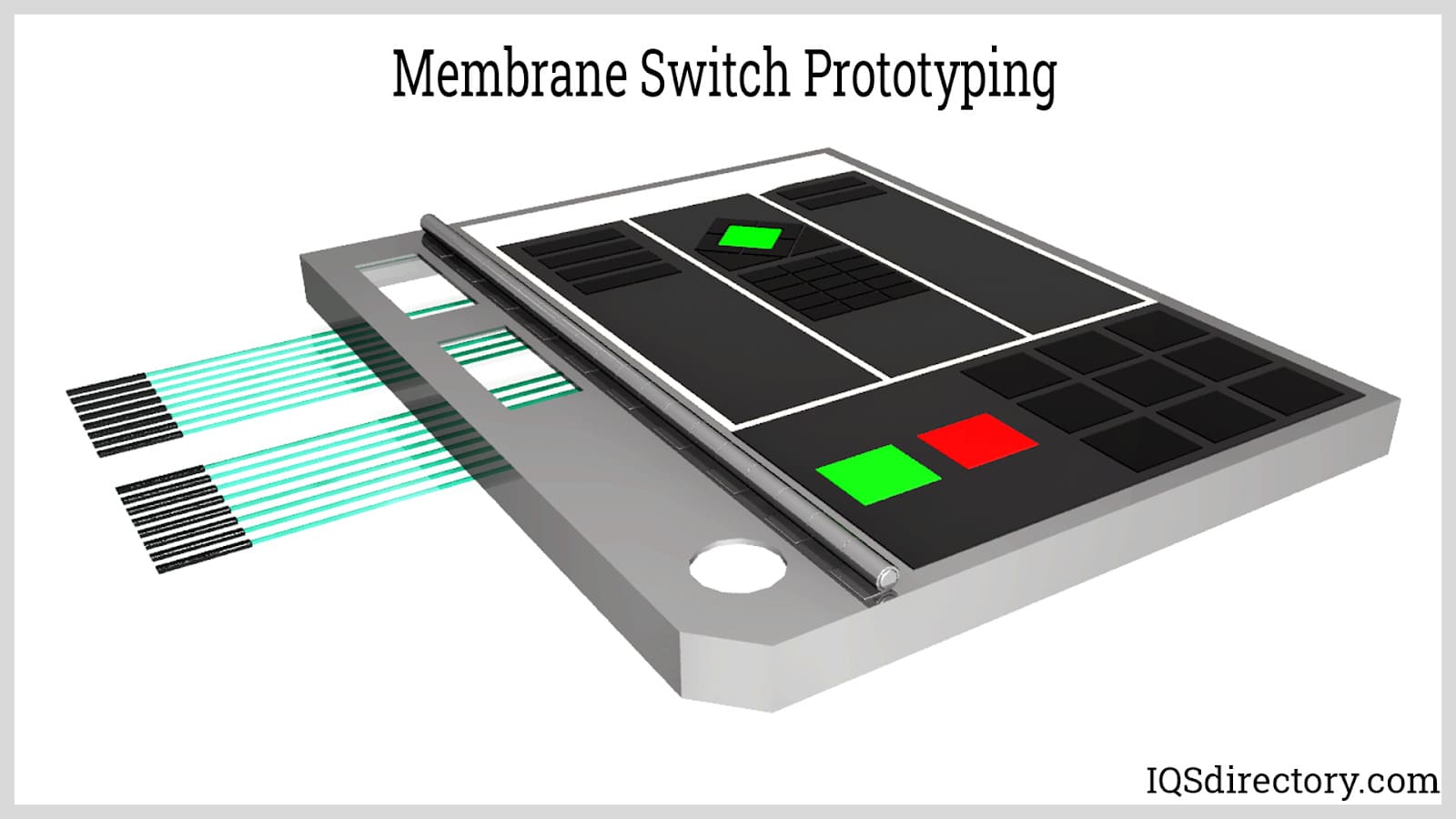Membrane Switches vs. Traditional Switches: What You Need to Know
Membrane Switches vs. Traditional Switches: What You Need to Know
Blog Article
Comprehending the Importance of Membrane Switches in Individual Interfaces
Membrane buttons are essential parts in the layout of effective user interfaces, assisting in not only performance however additionally boosting visual appeal and user interaction. As we explore the future trends and various advantages associated with Membrane innovation, it ends up being clear that these switches are a lot more than simply parts; they stand for a merging of technology and usefulness.
What Are Membrane Buttons?

The spacer layer, which contains glue buildings, allows for the separation of the circuit layer from the overlay, making certain that the button remains in a non-activated state until pushed. When stress is related to the overlay, it compresses the spacer layer, linking the void and finishing the circuit in the underlying layer. This style not only lowers the physical area required for traditional mechanical buttons however additionally boosts the toughness of the device, as Membrane switches are generally immune to dust, dampness, and other ecological aspects.
Typically found in applications varying from consumer electronic devices to medical gadgets, Membrane switches are integral to contemporary technology, giving a straightforward and efficient user interface that aligns with modern layout demands.
Benefits of Membrane Buttons
While many switch innovations exist, Membrane Switches offer distinctive advantages that make them especially preferable in various applications. One of the key benefits of Membrane buttons is their portable design, which permits space-saving implementations in devices where realty is restricted. Their thin profile not only enhances aesthetic charm yet also assists in light-weight construction.
One more considerable benefit is their resistance to ecological elements. Membrane buttons are normally secured versus moisture, dirt, and impurities, making them suitable for use in demanding atmospheres, such as clinical tools and industrial equipment. This toughness expands the lifespan of the switch, decreasing maintenance expenses and improving integrity.
In addition, Membrane buttons can be tailored to satisfy particular style demands, integrating special graphics and shades that improve individual interaction. Their tactile comments options can likewise be customized to give a rewarding customer experience. In addition, Membrane buttons are cost-effective, particularly in high-volume applications, as they can be generated successfully.
Applications in Various Industries

In the customer electronic devices industry, Membrane switches are prevalent in gadgets such as microwaves, washing equipments, and push-button controls. Their responsive comments and visual choices enhance individual experience while offering a sleek, contemporary look. Furthermore, automotive makers utilize Membrane buttons in dashboard controls and infomercial systems, where space is restricted, and user engagement is vital.
Moreover, the industrial field leverages Membrane buttons in control panels for equipment and equipment, permitting intuitive operation in usually severe environments. Their resistance to chemicals additional reading and moisture guarantees long life and reliability in these applications. Generally, the flexibility of Membrane Switches contributes dramatically to their widespread use, making them crucial in various technological domain names.
Layout Considerations for Membrane Switches

When designing Membrane switches, several essential considerations need to be taken into consideration to make certain ideal capability and customer experience. The selection of products is important; picking long lasting, high-grade substratums can boost the button's long life and resistance to environmental factors such as moisture and temperature variations.
Second of all, the style of the graphic overlay ought to prioritize clearness and convenience of usage. Icons and text need to be readable, and the layout should facilitate instinctive communication (membrane switches). Furthermore, tactile responses is vital; integrating a tactile dome or various other systems can enhance the customer experience by supplying physical confirmation of activation
Another vital aspect is the switch's electric performance. Developers need to make sure that the conductive traces are correctly designed to lessen resistance and avoid signal disturbance. This includes assessing the needed actuation force and making certain compatibility with the electronic parts they will user interface with.

Future Patterns in Membrane Technology
As technology continues to advancement, Our site Membrane buttons are poised to advance dramatically, driven by advancements in products and manufacturing methods. One arising trend is the unification of sophisticated products, such as flexible substrates and conductive inks, which boost resilience and decrease the total weight of Membrane buttons. These materials not just boost the responsive reaction however additionally allow for the design of switches that can stand up to harsher ecological conditions.
Additionally, the integration of touch-sensitive innovations is changing traditional Membrane Switches into more interactive individual interfaces. Capacitive touch sensing units installed within Membrane button panels can give an extra responsive and intuitive user experience, lining up with the growing demand for smooth, contemporary styles in customer electronic devices.
Furthermore, innovations in printing strategies, such as electronic and 3D printing, make it possible for quick prototyping and modification of Membrane buttons. This versatility enables producers to respond quicker to market demands and consumer preferences.
Lastly, sustainability is becoming a substantial emphasis, with suppliers checking out green products and processes. As these trends unfold, the future of Membrane innovation guarantees improved functionality, visual allure, and environmental responsibility, strengthening their duty in sophisticated interface across numerous markets.
Conclusion
Finally, Membrane Switches represent a crucial part in the style of user interfaces, combining performance with visual versatility. Their advantages, consisting of longevity and resistance to ecological factors, make them suitable for diverse applications across different industries. Furthermore, thoughtful layout factors to consider enhance customer interaction and experience. As advancements in modern technology continue, the advancement of Membrane buttons is expected to additional refine interface, driving innovation and boosting usability in a significantly complex technical landscape.
Membrane buttons are essential elements in the layout of effective user interfaces, assisting in not just functionality however likewise boosting visual appeal and user interaction.Membrane Switches offer as an essential component in various user interfaces, helping with a seamless communication in between users and electronic gadgets.While many button modern technologies exist, Membrane Switches deal distinctive benefits that make them particularly desirable in various applications.Moreover, Membrane switches can be customized to meet particular style requirements, including one-of-a-kind graphics and my response shades that boost customer communication.In verdict, Membrane Switches represent an important element in the design of user interfaces, combining functionality with aesthetic flexibility.
Report this page